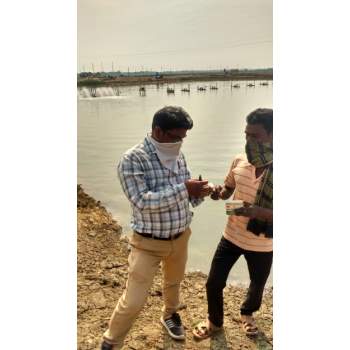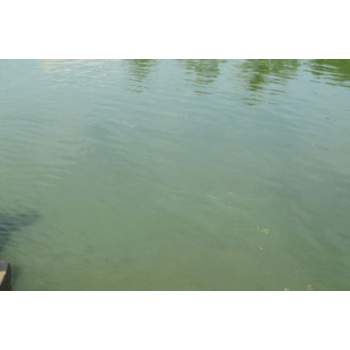
The pH will vary in the pond environment depending on a number of factors
Effect of pH in Shrimp Culture:

Water Quality is vital for a successful crop. Availability of good quality water is required quantities is one of the most important prerequisites for sustainable aquaculture. While locating the farm site, careful study should be made on the source of water, a quantity of water available during the different seasons, and the quality of water. All instructions and precautions should be followed strictly to get the best out of your farm.
Some Key Points to follow are,
Optimum water quality parameters for Vannamei
Maintenance of water quality within the optimal levels during the culture is very essential for ensuring good growth and survival of shrimps are presented below.
|
Water Parameters |
Optimal Range |
|
Dissolved Oxygen |
>5 ppm |
|
Temperature |
28-310C |
|
pH |
7.5 – 8.5 |
|
Transparency (Secchi disc) |
35 – 45 cm |
|
Salinity |
10-25 ppt |
|
Total Alkalinity as CaCO3 |
100-160 ppm |
|
Total Hardness as CaCO3 |
>2000 ppm |
|
Calcium/Magnesium Ions Ratio |
1:3 |
|
Total Ammonia (NH4+) |
< 1.0 ppm |
|
Unionized Ammonia (NH3) |
< 0.1 ppm |
|
Nitrite |
< 0.2 ppm |
|
Hydrogen Sulphide (H2S) |
< 0.1 ppm |